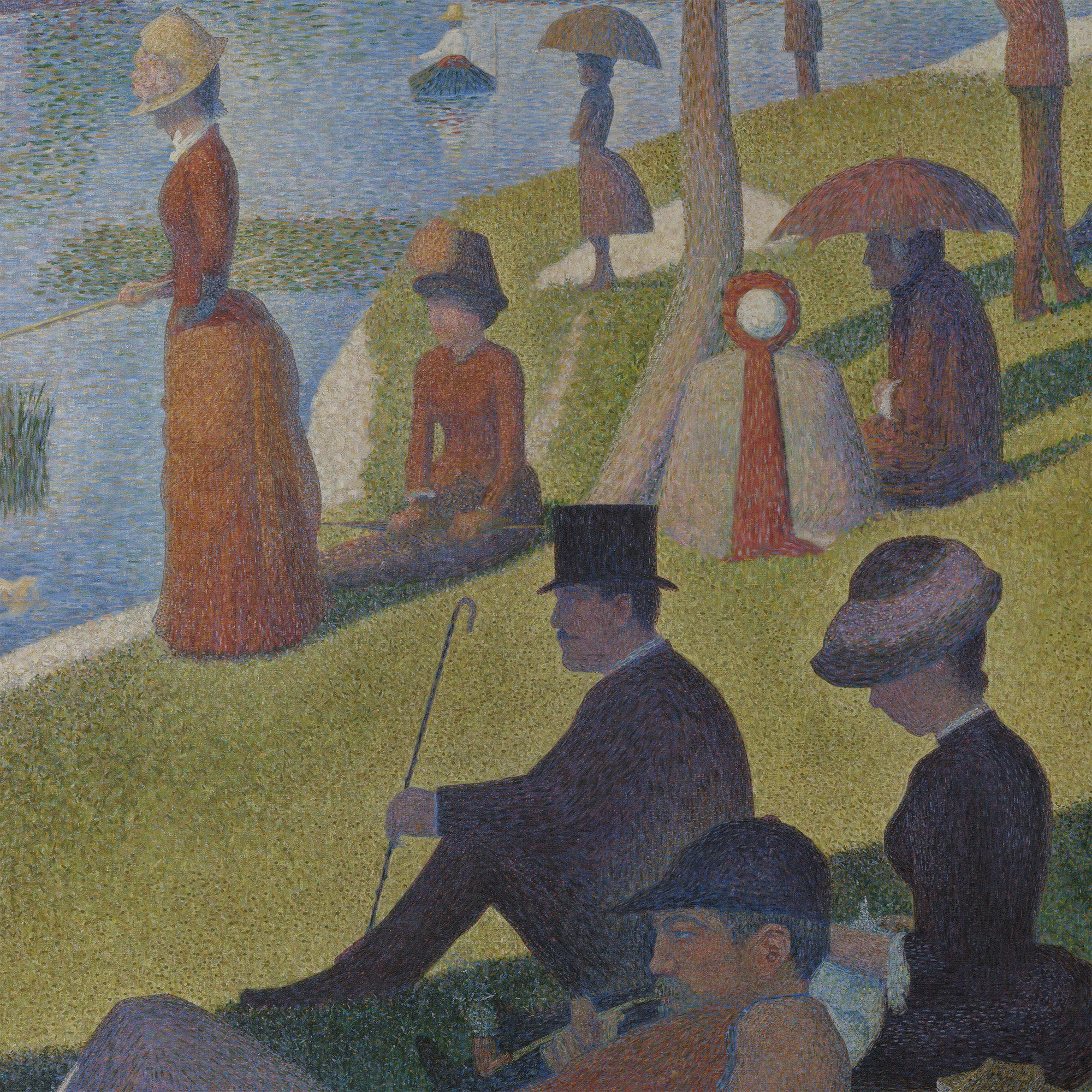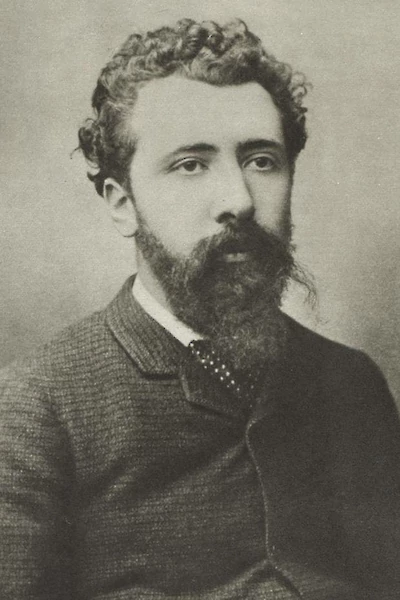

Georges Seurat
Manipulating emotion with color
1859 – 1891Aesthetic
Art is harmony. Harmony is the analogy of contrary elements and the analogy of similar elements of tone, color and line, considered according to their dominants and under the influence of light, in gay, calm, or sad combinations.
The contraries are:
For tone, one more clear (luminous) for one more dark. For color, the complementaries, that is to say a certain red opposed to its complementary, etc. (red-green, orange-blue, yellow, violet). For line, those forming a right angle. Gaiety of tone is given by the luminous dominant; of color, by the warm dominant; of line, by the lines above horizontal. Calm of time is equality between dark and light; of color, equality between warm and cold; in line, it is given by the horizontal. Sad time is given by the dark tone dominant; in color by the cold dominant; in line by descending directions.
Technique
Taking for granted the phenomena of the duration of the impression of light on the retina—
Synthesis necessarily follows as a result. The means of expression is the optical mingling of the tones and of the tints (local color and that resulting from illumination by the sun, an oil-lamp, gas, etc.), that is to say, of the lights and their reactions (the shadows), following the laws of contrast, of gradation and of irradiation. The frame is in the harmony opposed to that of the tones, the colors and the lines of the picture.